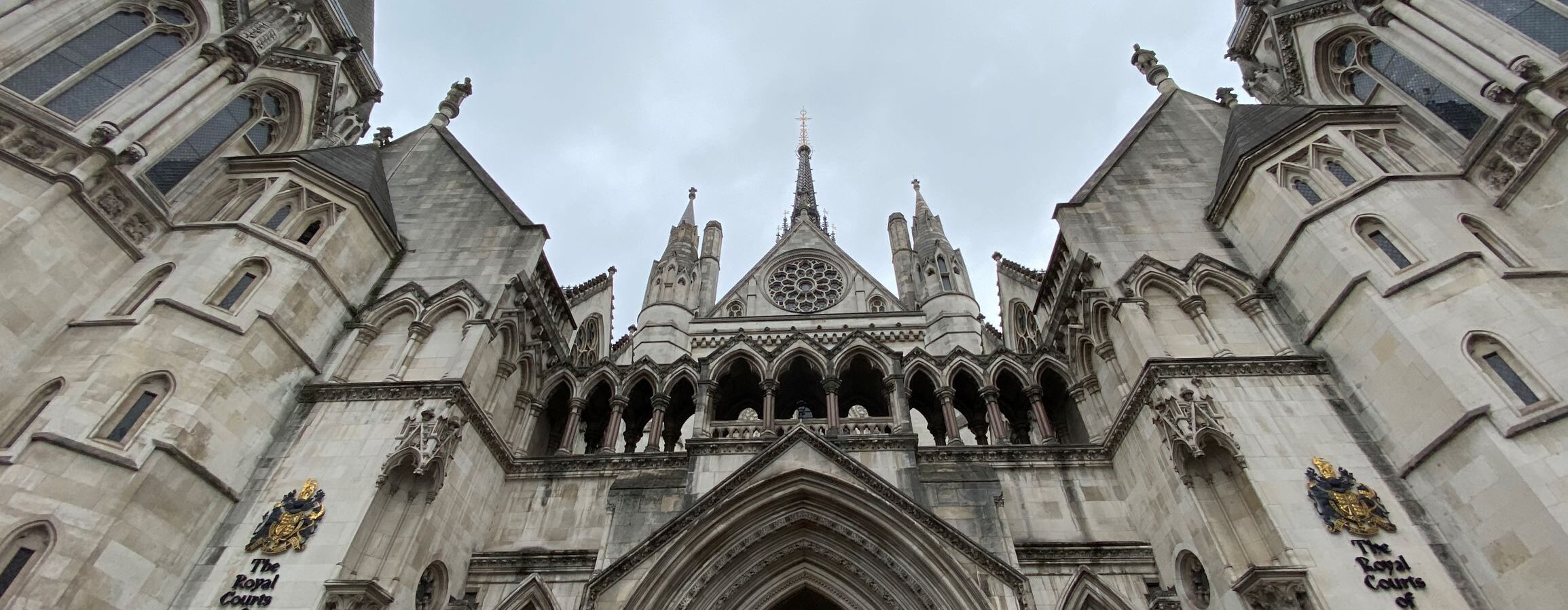Criminal Practice Directions Amendment
Criminal Practice Directions 2015 Amendment No 7 [2018] EWCA Crim 1760
The seventh amendment to the Criminal Practice Directions 2015 was issued by the Lord Chief Justice on 26 July 2018 and came into force on 01 October 2018.
Important Aspects for Vulnerable Witness Handling
At CPD I General Matters 3D, 3E, 3F and 3G, there are important consolidations in relation to vulnerable witnesses, vulnerable defendants and intermediaries.
3D deals with vulnerable people in the court. Advocates should be particularly familiar with 3D.2 which deals with people other than those who fall into the statutorily defined categories under sections 16 and 17 of the Youth Justice and Criminal Evidence Act 1999) (as amended by the Coroners and Justice Act 2009). Other people, whether they be a witness or a defendant, may also require assistance and the court should be reminded it is to take ‘every reasonable step’ to facilitate their participation.
The A&V training will help advocates to enable witnesses to engage fully and to give their best evidence. Particular regard should be had to a young defendant. Any advocate who has undertaken the ‘Advocacy and the Vulnerable’ training course will be better placed to ‘prepare to question a young or otherwise vulnerable witness or defendant. It is likely you will be asked by the trial judge if you have undertaken the training in cases such as these.
CPD 3E deals with a GRH for both Witnesses and Defendants
3E.3 – Even in cases involving young and vulnerable witnesses or a vulnerable defendant, but, where there is no intermediary, (and we know there are still many cases where one is not granted), discussion of ground rules is still good practice. This gives advocates an opportunity to adapt questions to achieve best evidence from the witness or defendant.
3D.4 – It is very likely after such a discussion that there will be necessary limitations on questioning. They should be clearly defined. ‘The judge has a duty to ensure that they are complied with and should explain them to the jury and the reasons for them. If the advocate fails to comply with the limitations, the judge should give relevant directions to the jury when that occurs and prevent further questioning that does not comply with the ground rules settled upon in advance.
3E.6 – The new CPD promotes the use of body maps. This is taught specifically on the A&V course in respect of the child witness, Rebecca (aged 6).
3F deals with Intermediaries
There can be confusion about intermediaries, who appoints them, how they are funded and how they are regulated. The ICCA does not find intermediaries. The Witness Intermediary Scheme (WIS) is operated by the National Crime Agency and it identifies intermediaries for witnesses. It may be used by the prosecution and defence. The WIS is contactable at wit@nca.x.gsi.gov.uk / 0845 000 5463. The WIS does not provide funding. The party appointing the Registered Intermediary is responsible for payment at rates specified by the Ministry of Justice.
- Applications for intermediaries to assist at trial should be made pursuant to Part 18 of the Crim PR
- 3F.11 – Nothing has changed in the new CPD in respect of intermediaries for defendants because the statutory provisions providing for defendants to be assisted by an intermediary when giving evidence (where necessary to ensure a fair trial) are not in force – s.104 Coroners and Justice Act 2009, which would insert ss. 33BA and 33BB into the YJCEA 1999, has yet to be commenced.
- However, the court does still have inherent powers to appoint an intermediary for a defendant. That said there is NO presumption that a defendant will granted an intermediary, and, even where an intermediary would improve the trial process, appointment is not mandatory (R v Cox [2012] EWCA Crim 549). This still leaves a very uneven playing field.
- Advocates should be mindful that new additions into the CPD at 3F.12 and 3F.13 deal with the merit of an application for a support worker or other companion for a defendant who is vulnerable or who has communication difficulties when it has not been deemed necessary to appoint an intermediary.
- WIS do NOT identify intermediaries for defendant.
- ‘Non-registered intermediaries’ must be appointed for defendants. Whilst advocates can be assured that there is some training available, there is no accreditation process for non-registered intermediaries and rates of payment are unregulated.
- 3F.16 – Who pays for an intermediary for a defendant depends on the stage of the appointment process.
- Where the court uses its inherent powers to allow an intermediary to assist a defendant at trial, for the entire trial, court staff are responsible for arranging payment from Central Funds.
3G deals with Vulnerable Defendants
3G.12 In the Crown Court, the judge should consider whether robes and wigs should be worn, and should take account of the wishes of both a vulnerable defendant and any vulnerable witness. It is generally desirable that those responsible for the security of a vulnerable defendant who is in custody, especially if he or she is young, should not be in uniform, and that there should be no recognisable police presence in the courtroom save for good reason.
CPD V Evidence 18E
CPD V Evidence 18E: USE OF S. 28 Youth Justice and Criminal Evidence Act 1999; Pre-Recording of Cross-Examination and Re-examination for Witnesses captured by S.16 YJCEA 1999.
CPD V 18E sets out in detail the procedures to be followed when dealing with a s.28 recorded cross-examination.
18E.32 – 37 deals with the GRH. Any advocate preparing for this part of the procedure should have undertaken the A&V training course to be equipped to show how he/she proposes to question a child or vulnerable witness. It follows that the advocate must be the same as he/she instructed to conduct the trial.
18E.35 – It is at this stage that topics and questions should be decided. Assistance from the intermediary may play a crucial part but ultimately the matter of which questions to be asked will be for the judge to decide. In addition, the GRH must deal with the length of any proposed cross-examination, restrictions on the questions to be asked in multi-handed cases and any restriction on the duty to ‘put the case’.
18.36 – advocates can discuss with the judge at this stage how the jury will be told about any agreed limitations on questioning. This is an important element of the process if questioning has to be curtailed due to the vulnerability or age of a witness.
The new CPD V guidance contains a page of Court of Appeal Guidance which sets out 15 propositions to be borne in mind when questioning young children and those with a mental incapacity. They are drawn from a number of appeal cases where these issues were ventilated. They should be read in conjunction with the A & V course materials which help to explain why certain types of question are difficult for children and the vulnerable to answer.
Advocates should always bear in mind the unique characteristics of the witness they are preparing to questions and carefully craft questions which are designed to elicit evidence in a way which is not hard to understand or manipulative.


